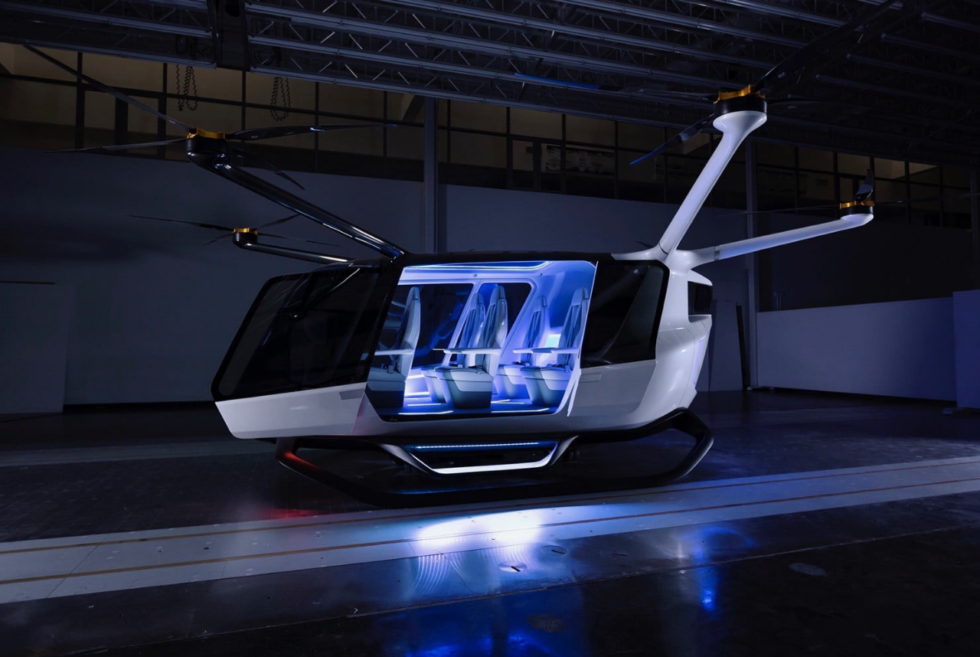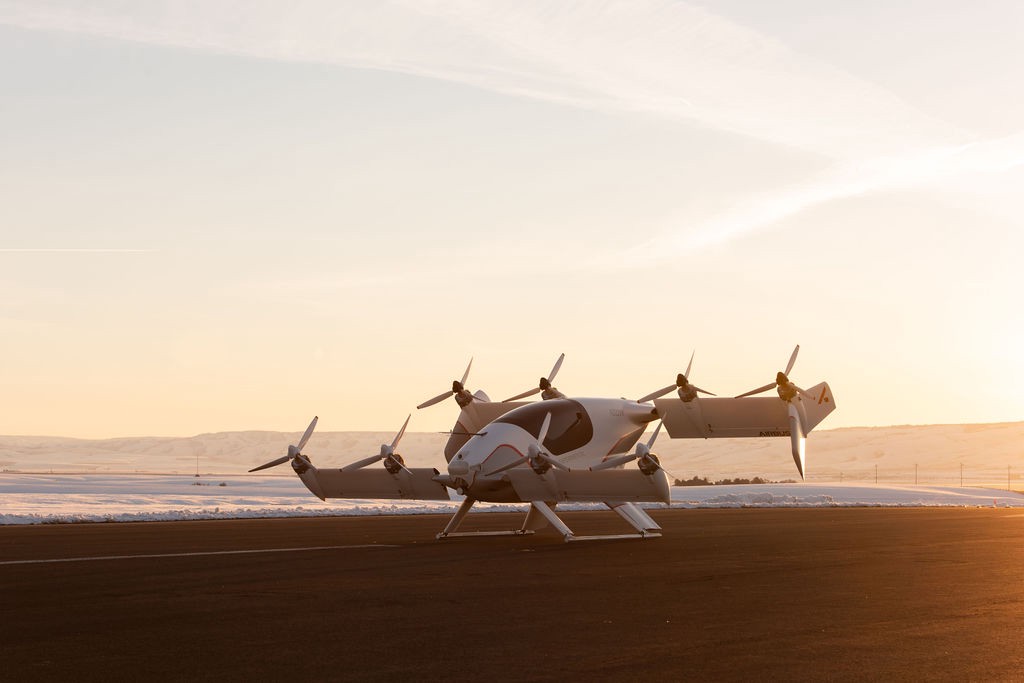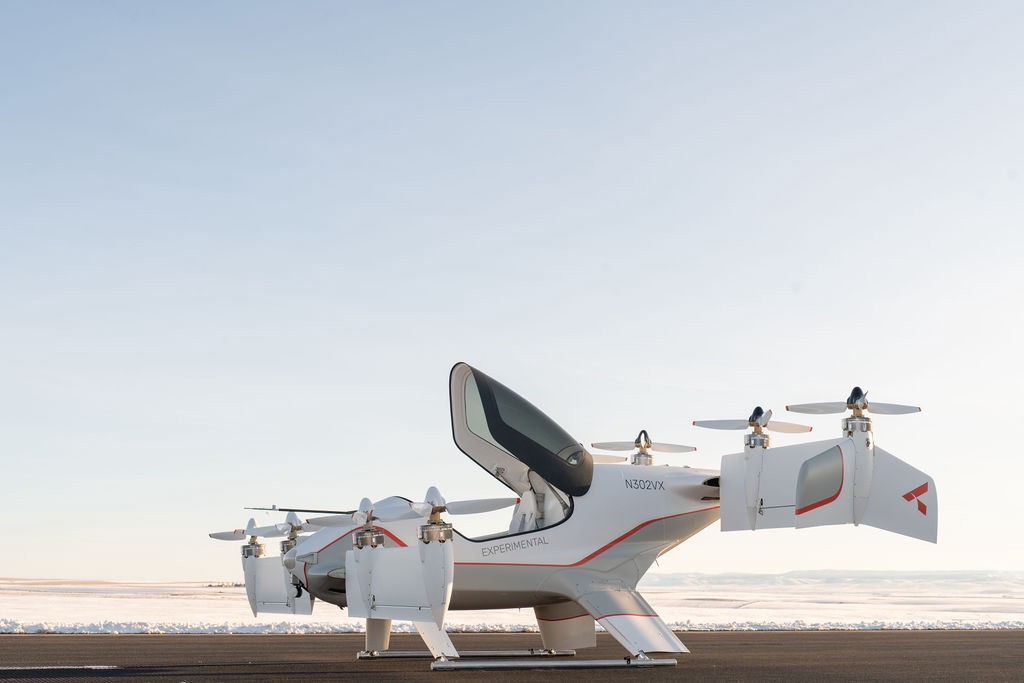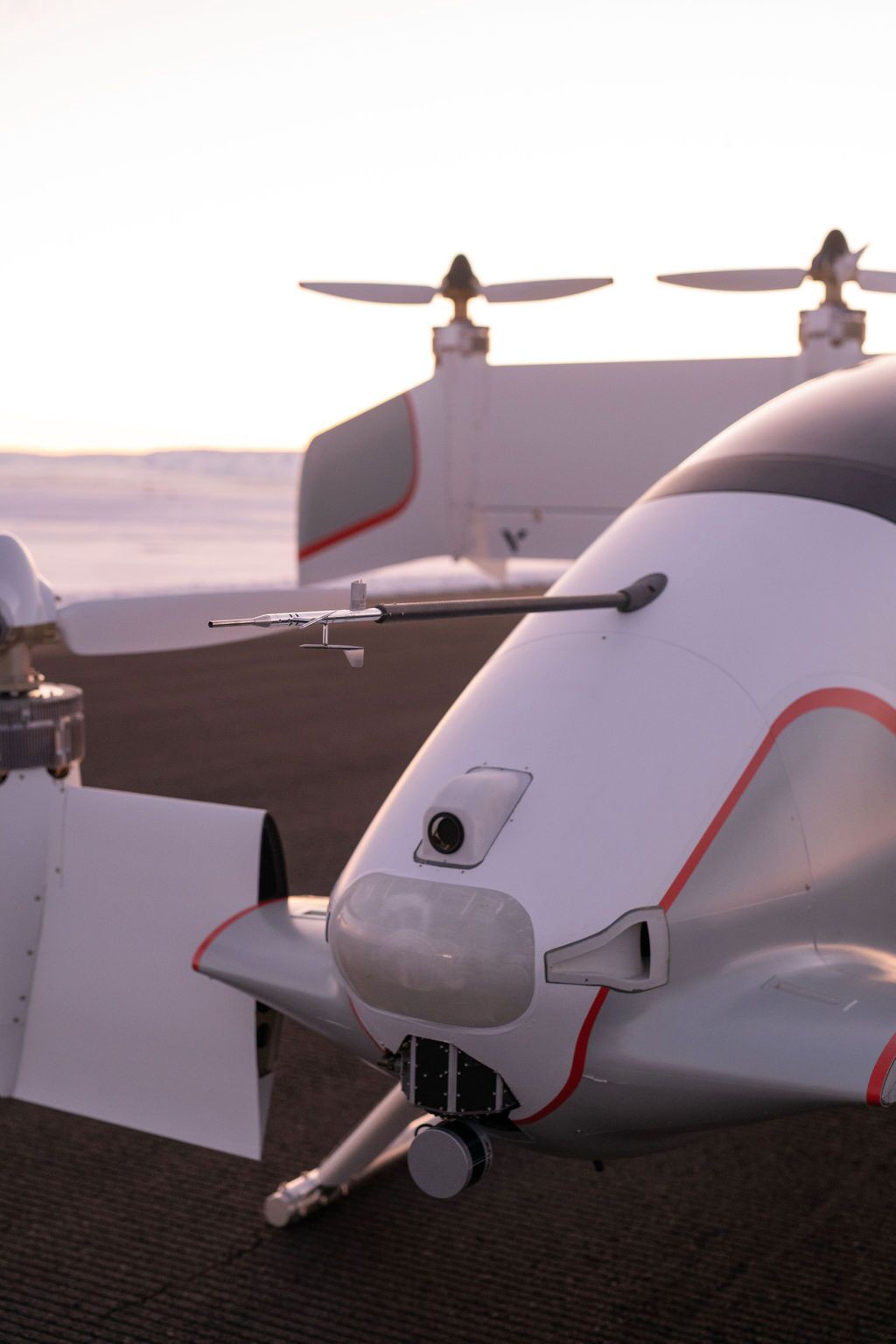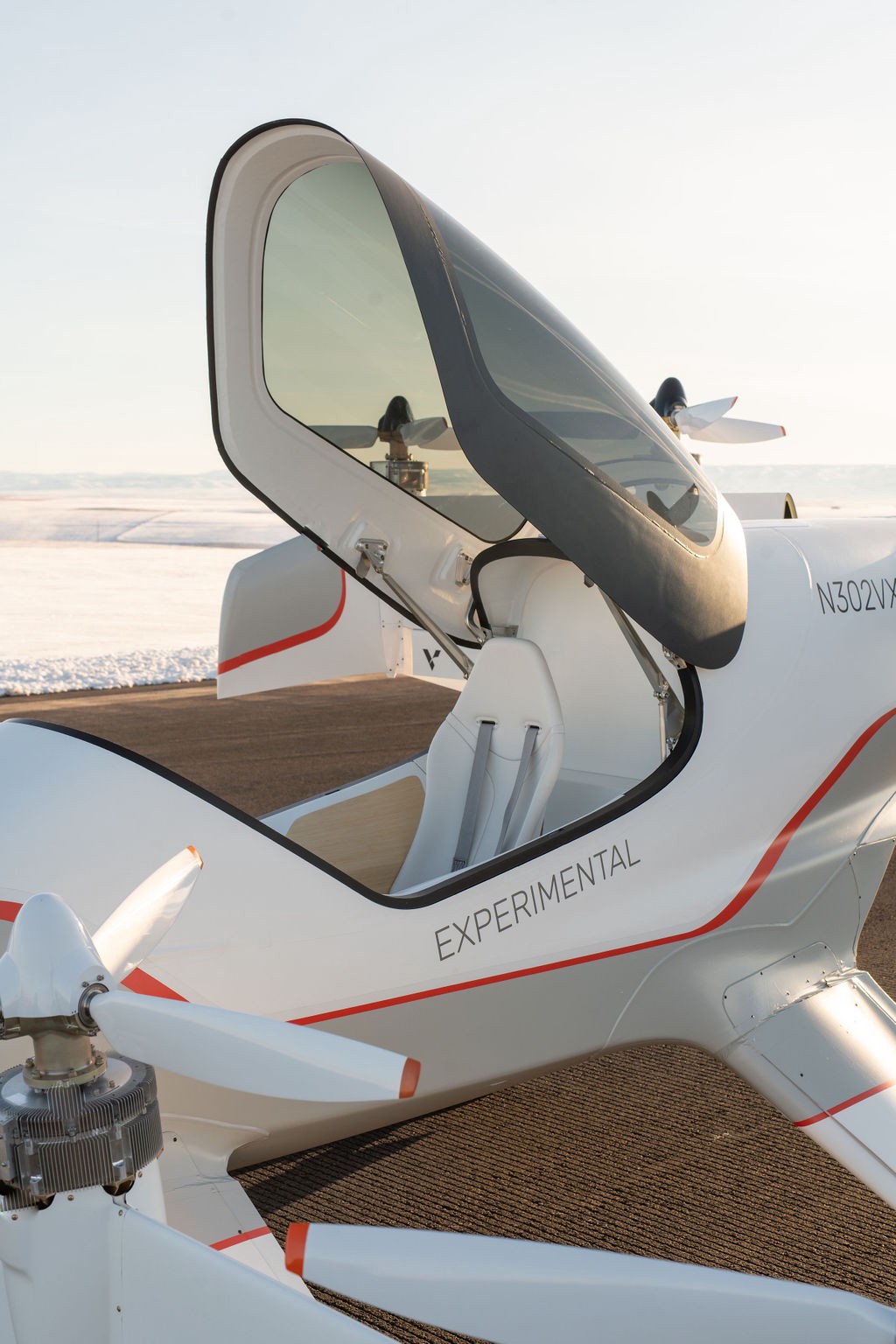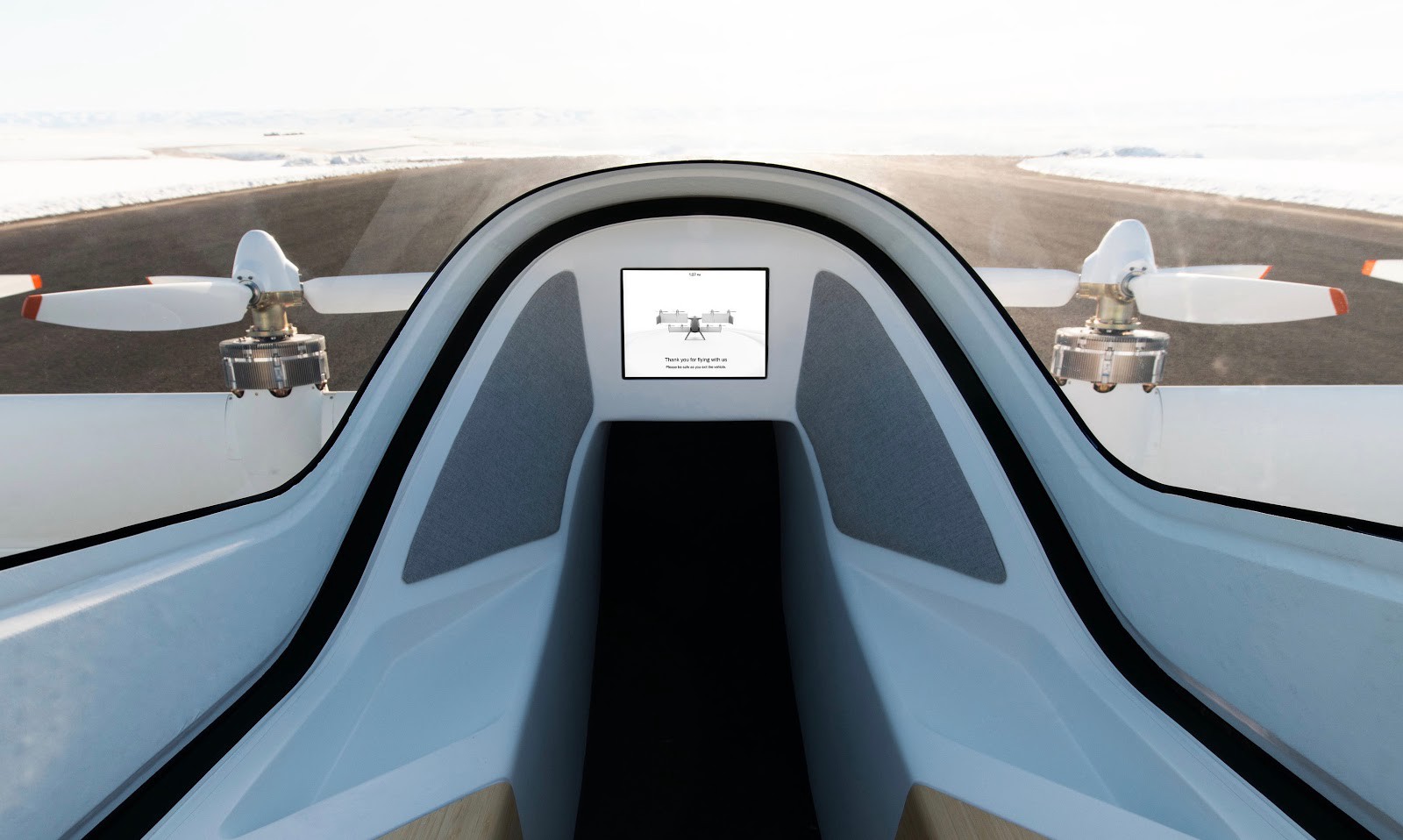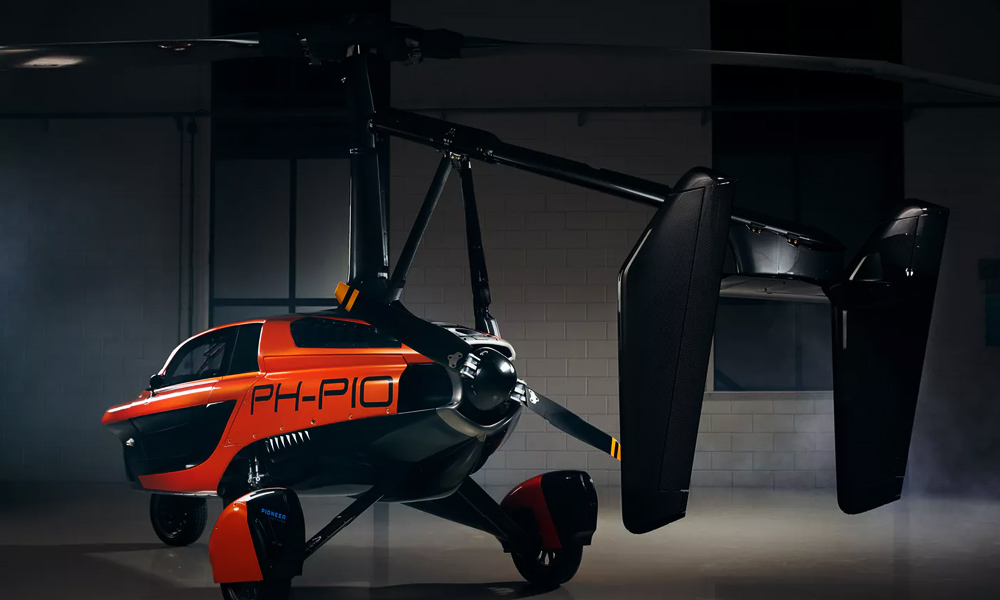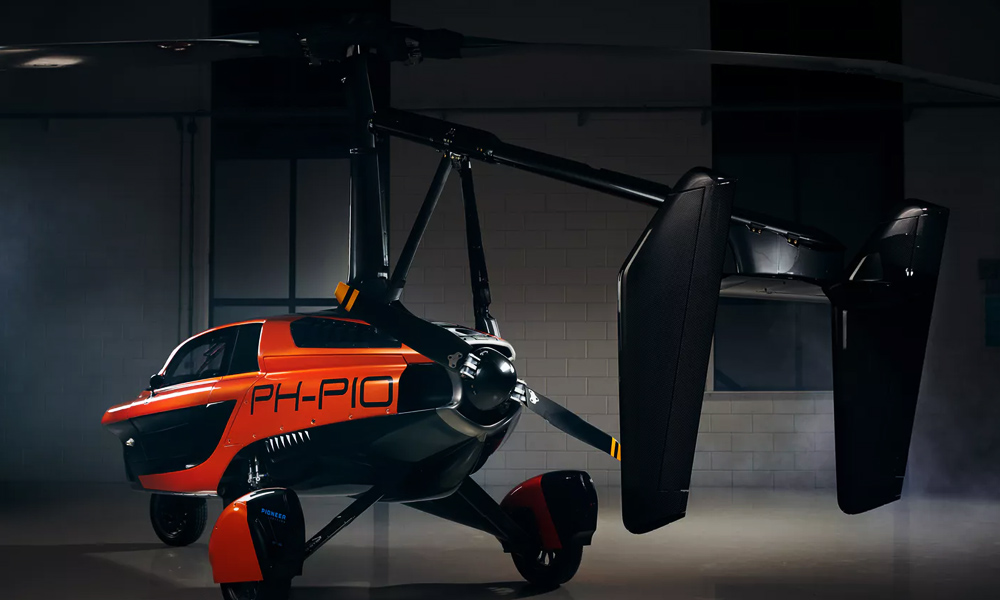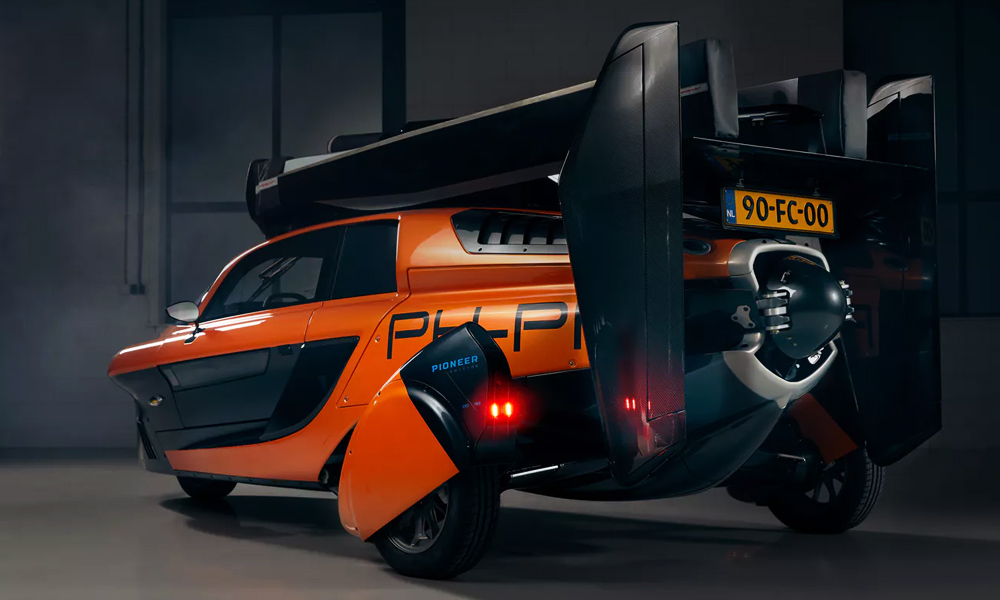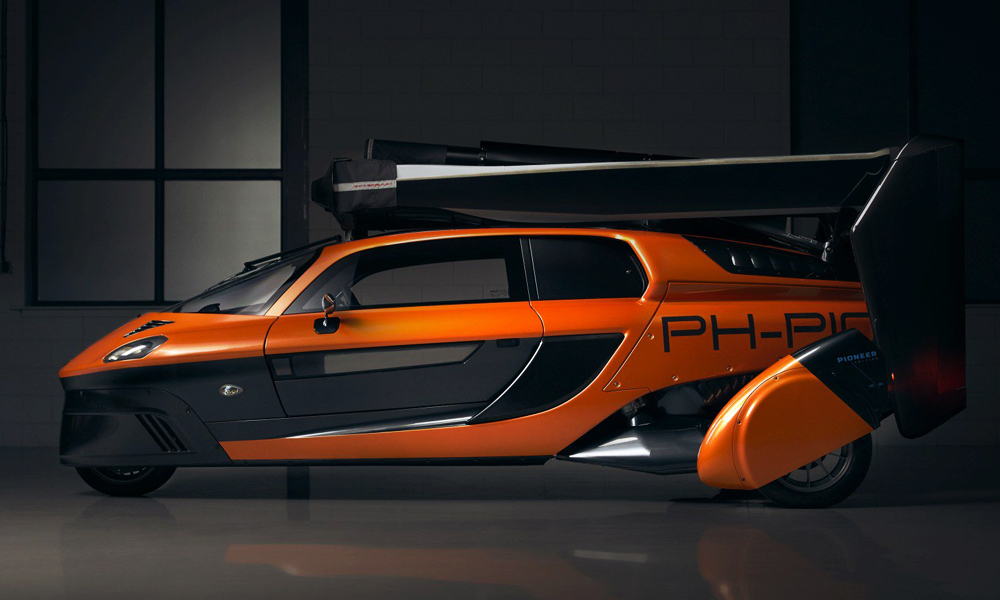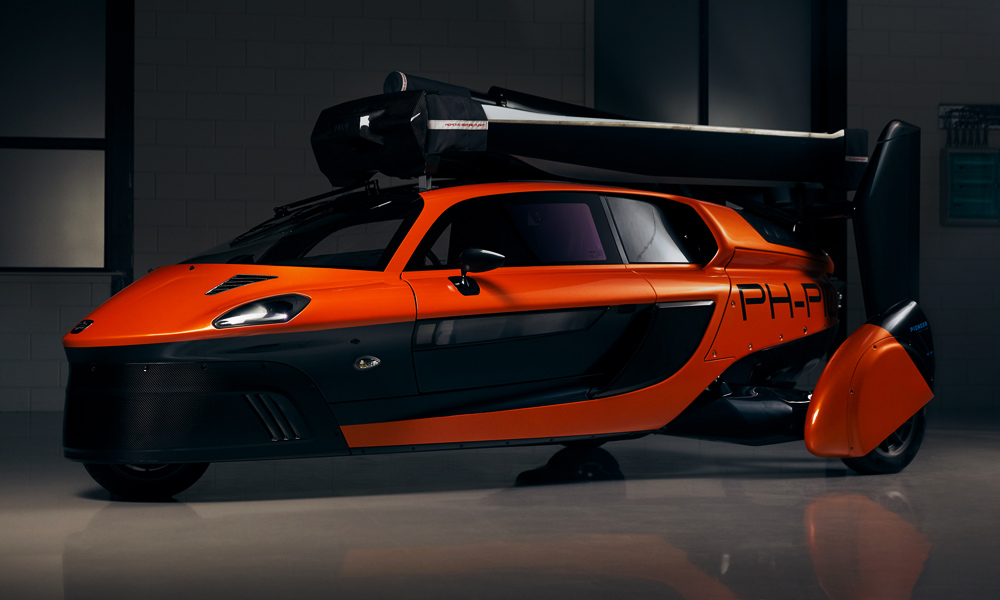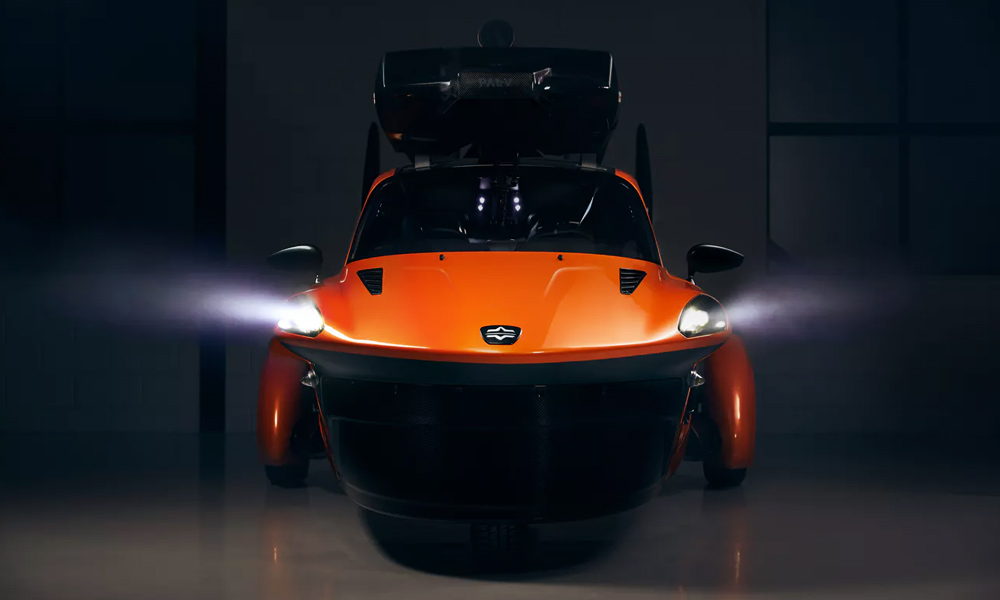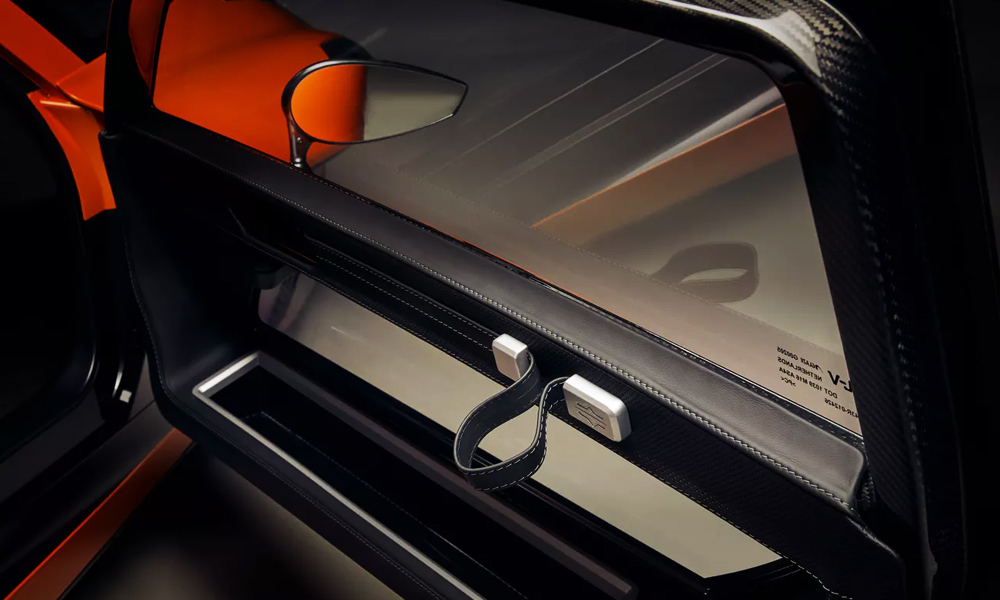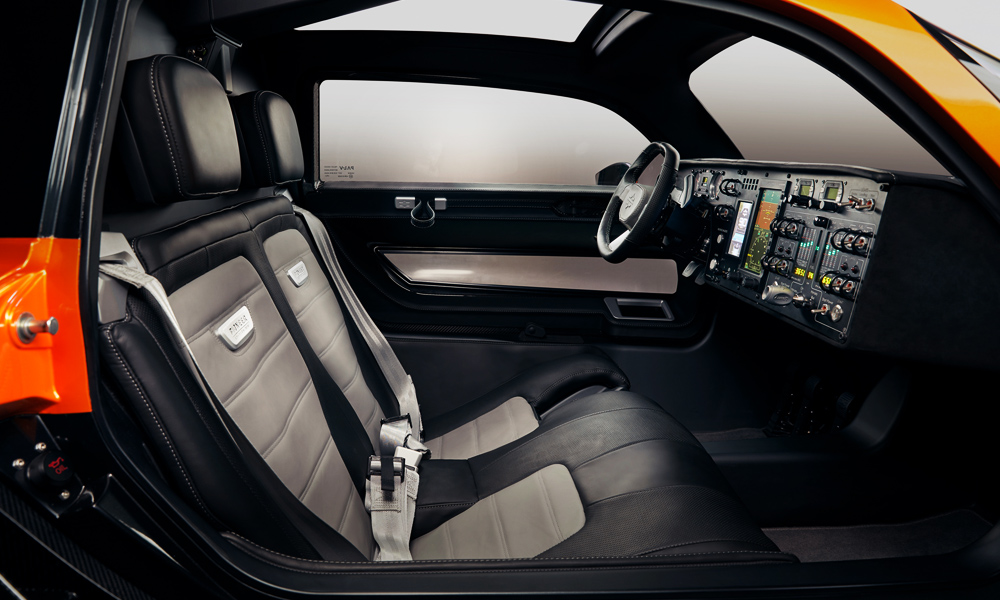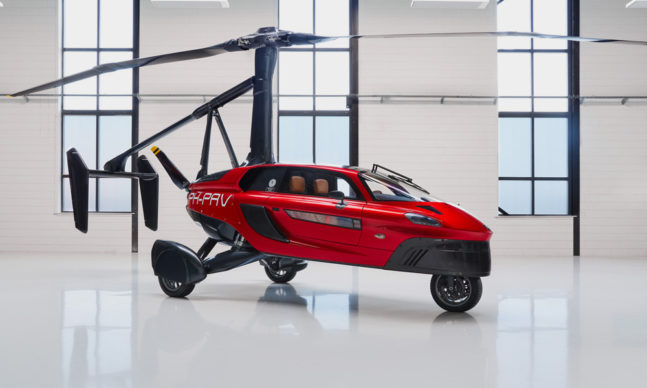Alaka’i Technologies Skai Flying Car
The future of transportation is looking brighter as ever with more companies working on their prototypes for flying cars. Established aeronautical companies such as Airbus and Boeing and dabbling with their concepts. Meanwhile, pioneering startup groups are likewise running the race to introduce their services soon. Talking about the latter, here we have another one joining their ranks to offer another platform. The Alaka’i Technologies Skai is an upcoming flying vehicle that can ferry cargo and passengers alike.
In the meantime, competing brands are using various power sources–ranging from traditional engines, hybrids, and all-electric models. The Skai, on the other hand, is promising to have the cleanest powerplant on board. Instead of fossil fuel or batteries, this new startup will equip its aircraft with hydrogen fuel cells. As it stands right now, the technology is even more sustainable than lithium-ion batteries. Given that fuel cells can store more energy per volume, we can expect superior mileage thanks to weight reduction.
Likewise, the company claims that the materials of its fuel cells are 99-percent recyclable. Furthermore, another impressive advantage it has over lithium-ion batteries is faster recharging times. Unlike competing models that apply vertical takeoff and landing (VTOL) technology, the Alaka’i Technologies Skai is set up like a drone. It features six rotors arranged on fixed points. The engineers are looking at an approximate range of 400 miles on a full tank of hydrogen. Finally, there are safety measures in place, such as a parachute, fuel cell protection system, and a capability to land even with two of its rotors out of commission.

